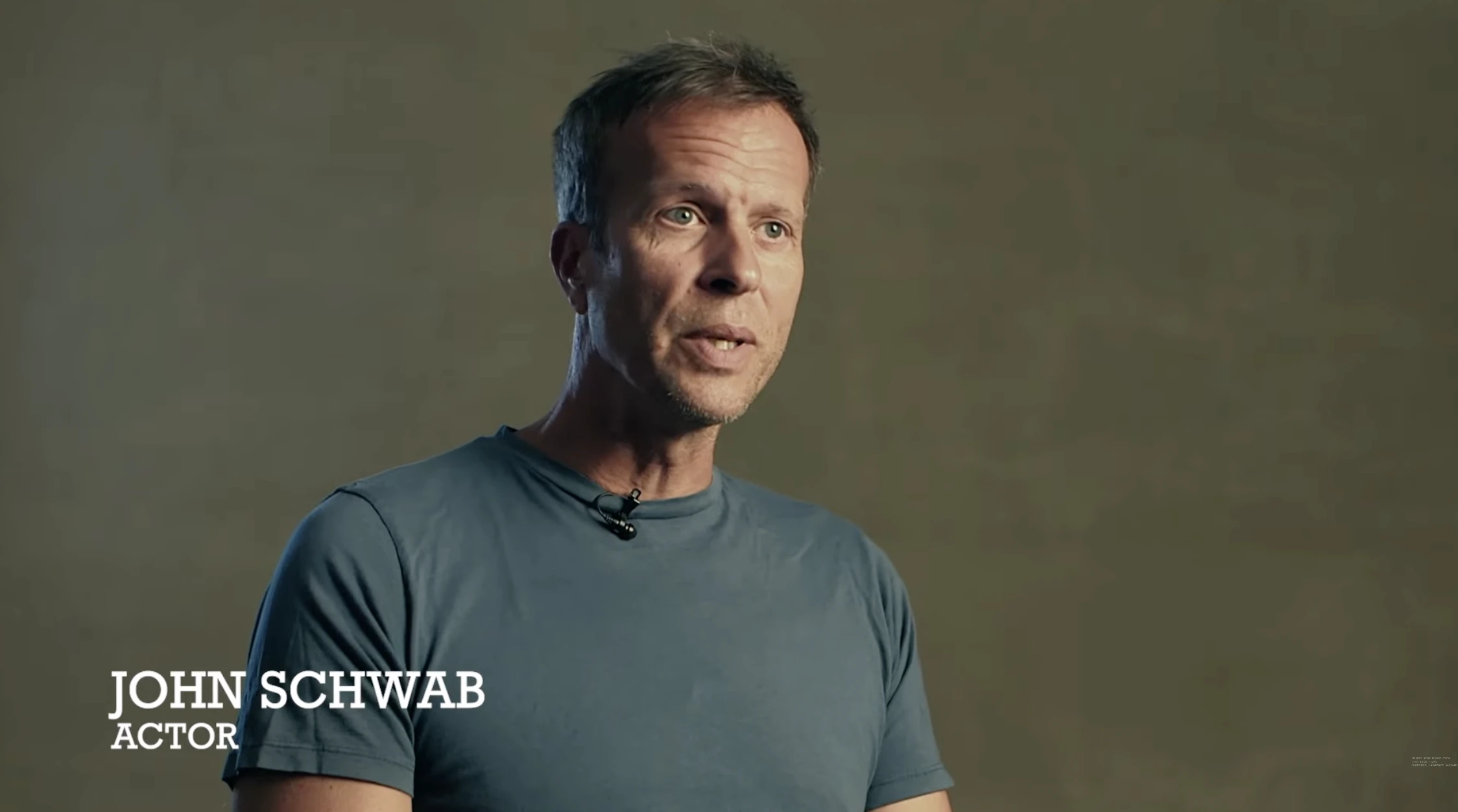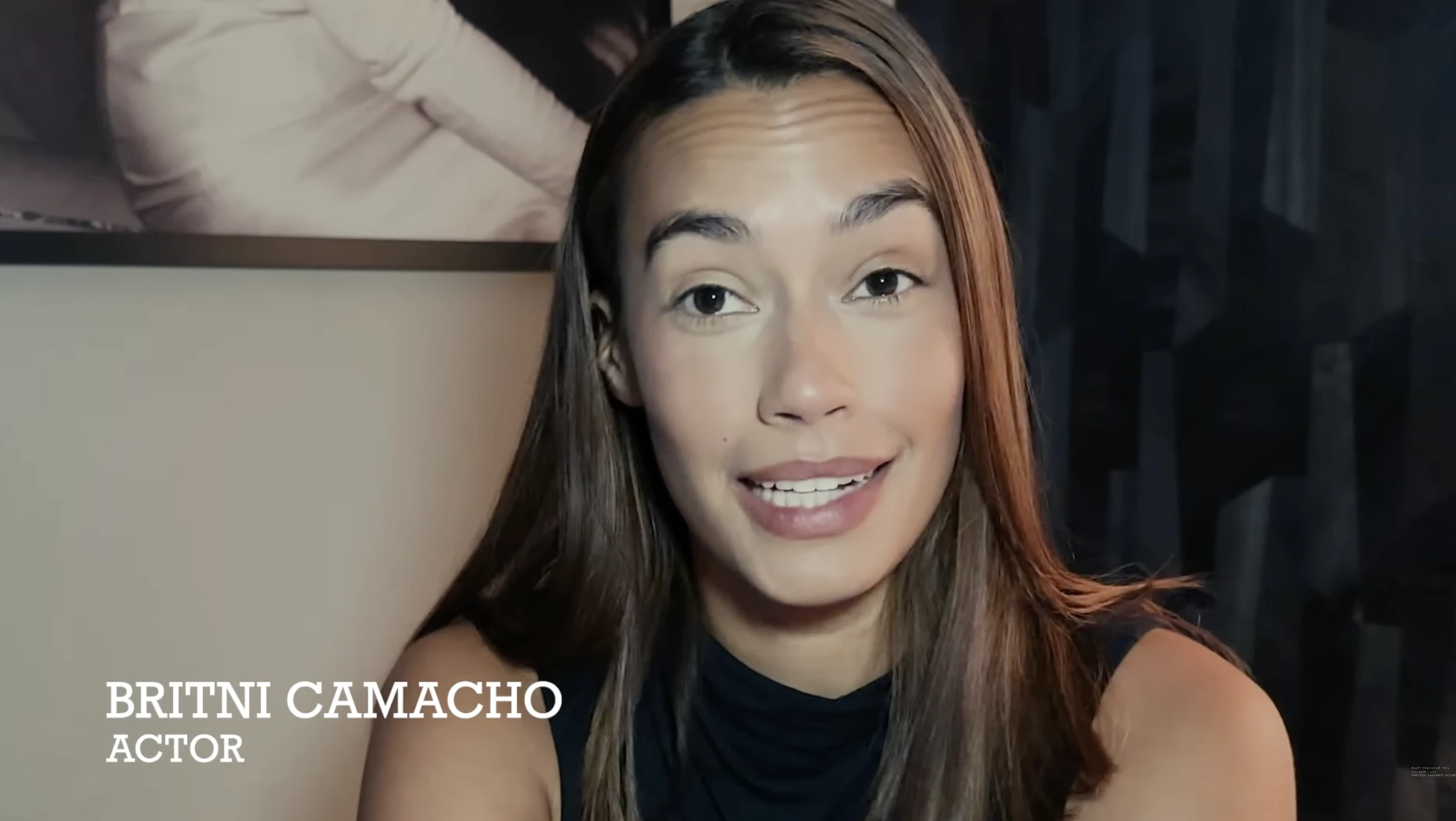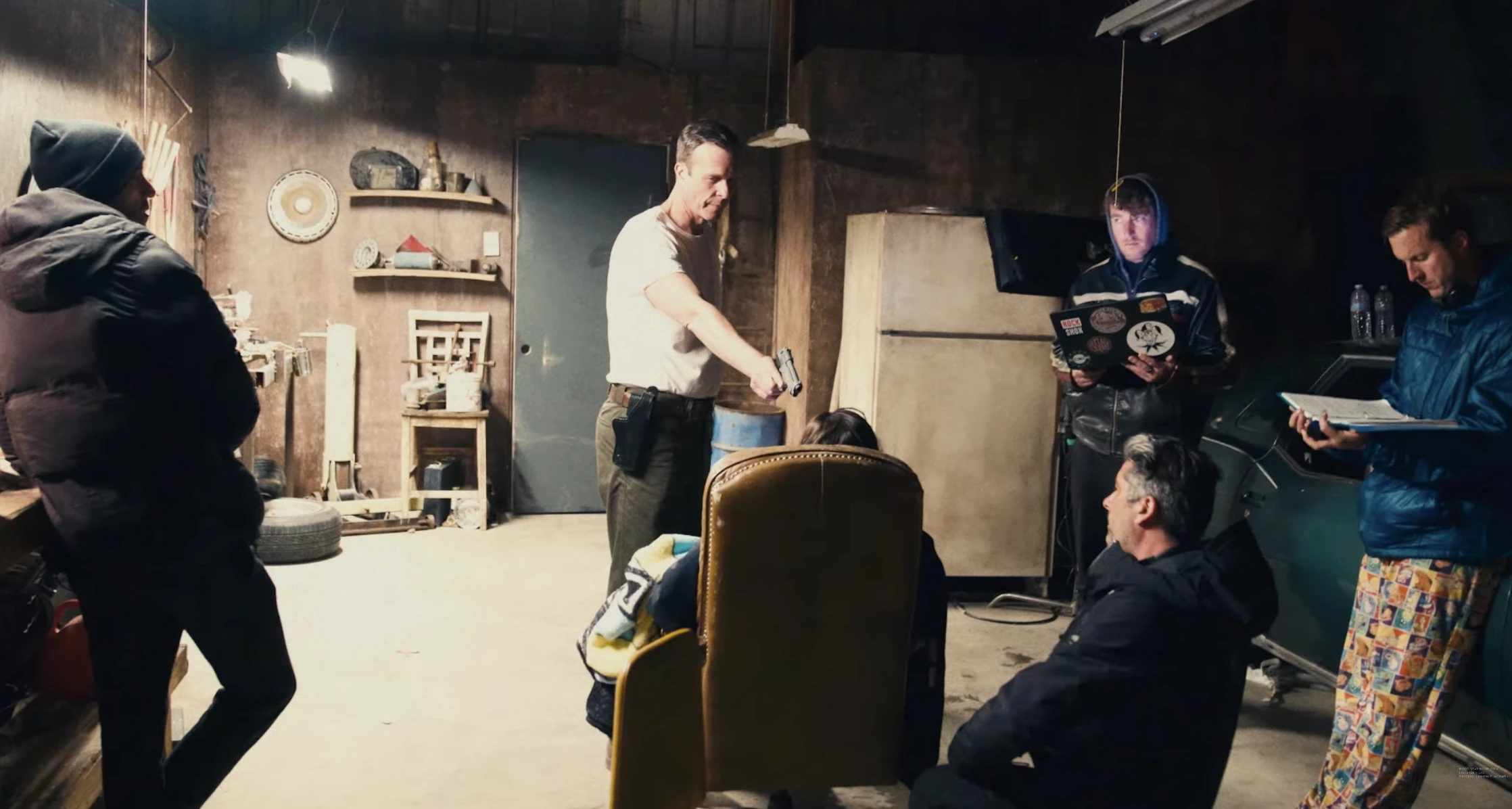BLOOD STAR — Behind the Scenes (25-Minute Documentary)
An intimate look inside the making of the indie psychological-thriller road movie.
Blood Star: Behind the Scenes is a 25-minute documentary that takes viewers deep inside the creation of Blood Star, the dark, atmospheric psychological-thriller road movie from Beast Films & Fastback Films. Shot across the deserts of California, the feature film follows a troubled young woman whose cross-state journey spirals into paranoia, violence, and psychological collapse.
This behind-the-scenes documentary uncovers the creative, technical and emotional journey behind the making of the film — from early development through the intense desert shoot, character work, stunt sequences, and the challenges of independent filmmaking.
Inside the Creative Process
The documentary features raw, candid interviews with:
- Director — Lawrence Jacomelli
- Lead Cast — Britni Camacho & John Schwab
- Producers & Crew — artisans from cinematography, production design, stunt coordination, sound, and post-production
The doc reveals how the film’s visual language was shaped — from the stark desert palette and long-lens roadside tension to the brutalist noir tone that defines Blood Star’s aesthetic.
On-Set Challenges in the California Desert
The production faced extreme conditions:
- scorching heat
- long drives between isolated filming locations
- night shoots
- real-time weather shifts
- working with practical effects in remote areas
The BTS documentary captures the reality of shooting a road-movie thriller with a lean team, limited resources, and ambitious creative goals.
Car Sequences, Process Trailers & Micro-Budget Realities
The car sequences were among the most demanding parts of the shoot. From the outset, the team had to decide whether to film on green screen or a process trailer. Despite the increased difficulty, the process trailer felt truer to the film’s style.
Lawrence:
“With a process trailer, you feel the bumps, the vibration, the imperfections. Green screen is too smooth. Too fake. I’d rather have the rough edges.”
That authenticity came with pressure. We had access to only a short stretch of usable road — maybe a few hundred meters. We drove it back and forth endlessly, hitting the same small bump roughly every 20 metres. Each time the trailer rattled over it, audio was compromised, rigs shook, and tempers tightened.
It was a battle between realism and practicality — and realism won, even at a cost.
Wearing Too Many Hats — The Reality of Indie Filmmaking
On a micro-budget film, nobody stays in a single lane. Everyone becomes a multi-tool.
Britni Camacho said it best:
“We had a limited budget. Nothing about this film shows that.”
Behind the camera, the truth was that everyone — including Lawrence — carried multiple responsibilities.
Lawrence:
“We didn’t have a dedicated continuity person. The script supervisor helped, production helped, the AD helped — basically whoever was nearby jumped in.”
This improvised, communal workflow led directly to one of the most memorable running jokes — and biggest continuity puzzles — of the entire production.
The Bag — A Small Prop, A Massive Problem
At the end of Act One, Bobbi runs from the car. Lawrence argued she would realistically leave her bag behind.
Every woman on set — Victoria, Zaina, Britni, and half the crew — insisted otherwise:
A woman would never leave her bag behind.
So the bag stayed.
But because the bag stayed, the bag became a character.
And because there was no continuity supervisor, the bag became a logistical nightmare.
Lawrence:
“Every setup, someone — literally anyone — would shout ‘BAG!’ Britni would sprint back to grab it, and then we’d debate: left shoulder, right shoulder, on the floor, on the seat… It became a running joke, but also a real pressure point.”
It’s a perfect microcosm of low-budget filmmaking: a single prop snowballs into a continuity challenge that follows you through half the shoot.
Themes: Power, Isolation & Psychological Unraveling
The documentary explores how the filmmakers built the emotional core of the story — focusing on:
- the abuse of power
- the silencing of women’s voices
- male authority and violence
- paranoia in wide-open spaces
- the psychology of survival
These themes guided performance direction, camera movement, colour theory, and the tension-building pacing of the feature.
Stunts, Practical Effects & Cinematic Techniques
The film utilises practical stunts, in-camera effects, and minimal VFX to preserve a grounded, visceral tone.
The documentary breaks down:
- roadside stunt coordination
- tactical driving sequences
- the claustrophobic interior car scenes
- handheld moments designed to heighten dread
- the sound design philosophy for fear and tension
Independent Filmmaking at Its Most Raw
Blood Star was produced with a small, highly dedicated team working at maximum intensity. The documentary captures:
- the production pressures of limited schedules
- the improvisation required in remote locations
- the team dynamic under stress
- the emotional reality of indie filmmaking
- how the film was completed through sheer determination
It’s a testament to what an independent film crew can achieve when creativity outweighs resources.
Festival Screenings & Release
Blood Star premiered at major international festivals including:
The film will be released in the U.S. on November 25, 2025 — Thanksgiving, through Quiver Distribution.
This behind-the-scenes film is essential viewing for:
-
filmmakers
-
film students
-
fans of thriller and horror cinema
-
indie film enthusiasts
-
cinematographers
-
production designers
-
genre storytellers
-
anyone curious about the reality of independent filmmaking
It’s both a filmmaking case study and an emotional record of the cast and crew as they brought this psychological thriller to life.
Watch the Behind-the-Scenes Documentary of Blood Star










